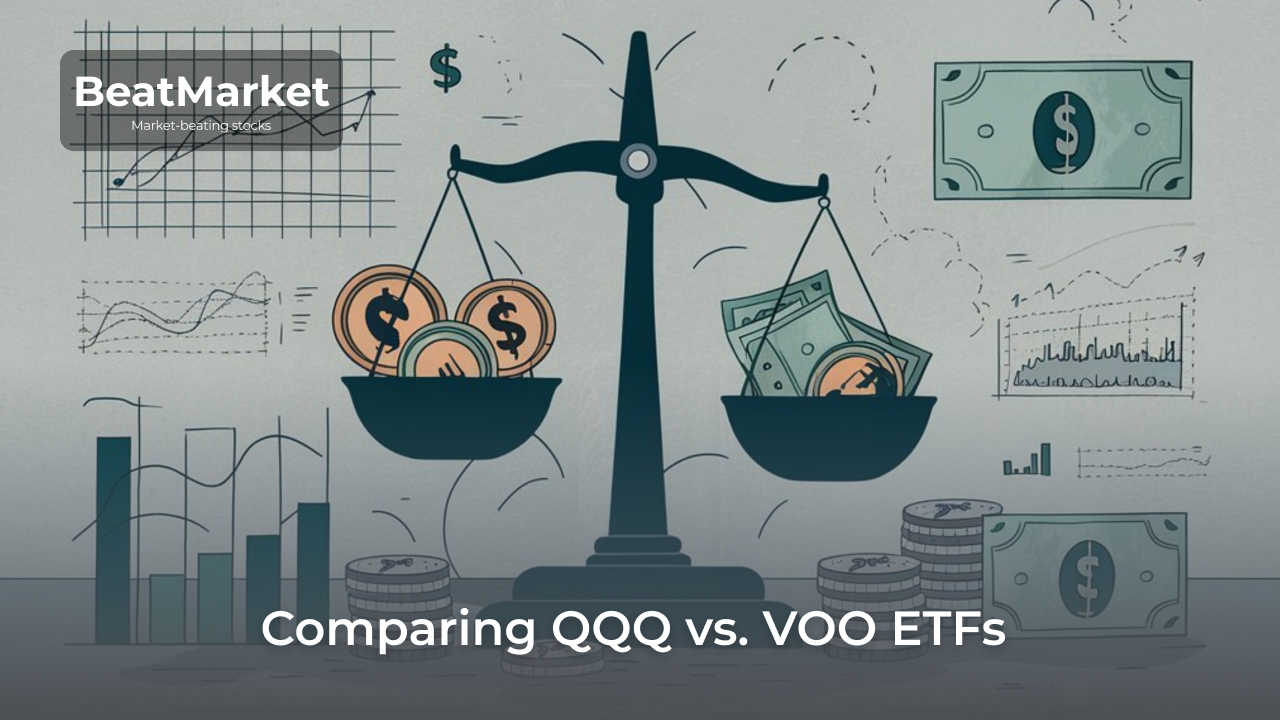Both closed-end and open-end funds have the same basic characteristics. These are financial instruments that allow investors to achieve their financial goals with minimal effort. The united capital of the participants is in the hands of a professional manager who acts within the framework of a set strategy. These assets are usually approached by people who want to get maximum diversification with small investments.
The characteristic of open-ended or close-ended refers to the possibility of capital inflows and outflows throughout the existence of the fund. Differences in this issue lead to different mechanisms of stock circulation. This, in turn, affects the result that investors get.
Table of Contents
Key Difference
The most crucial differences between open-end and closed-end funds are summarized in the table below.
| Fund type/characteristic | Open-end | Closed-end |
| Volume of stocks in circulation | Variable value | Fixed quantity |
| Possibility of stock buyback by the issuer | Yes | No |
| Where to buy stocks | On the stock exchange from another investor;from a fund company;from dealers and financial advisors | On the stock exchange or over-the-counter market from another investor |
| Consistency of the exchange price with the fair price | Maximum, market maker regulates the market situation | Dependent on market participants, no market maker available |
| Popularity with investors | High | Low |
What is an open-end fund?
The open-end fund means that the fund is always open to accept new investments. It issues an unlimited number of stocks as investor interest grows. At the same time, the management company is ready to buy the assets back from people who want their money refunded.
The status can be changed at any time. The management of the fund can close it to new participants when they think it has become too big.
Any open end fund is a financial instrument that pools the capitals of its participants and invests them in highly liquid assets (bonds, stocks, etc.). Investment objectives are regulated by the fund’s prospectus. The most popular of them is copying any stock exchange index.
The Funds’ shares have a fair value. It represents the difference between the net asset value and the amount of available debt divided by the number of securities issued. For example, for ETFs this information is updated once a day.
Most open ended mutual funds have a low entry threshold. And ETFs, in addition to this advantage, are characterized by a low spread between the bid and ask price on the exchange.
An important feature of open-end funds is that they must hold a large cash reserve (to redeem their stocks from investors on demand). This reduces their financial efficiency.
Types
In the US, there are 3 collective investment options that can constitute open-end funds:
- mutual funds;
- exchange traded funds;
- hedge funds.
Investor associations operating along similar lines may be called SICAVs, OEICs or mutual funds in other countries.
Another type of classification is by the nature of the net assets:
- stocks;
- bond holdings;
- money market instruments;
- commodities;
- mixed set (investments in several classes of securities at once).
Among open-ended funds, there can be both passive and actively managed funds.
Open-end fund example
The Fidelity Magellan Fund (FMAGX) is an example of a traditional actively managed mutual fund. It was established in 1963 and still exists today. In 1997, the value of the fund’s assets reached $100bn and it was closed until 2008.
The main advantage it gives investors is the chance to get returns above the market average.
Disadvantages:
- entry threshold $2500;
- commission, which reduces profitability;
- no guaranteed high returns.
When the performance over the life of the fund is looked at, it overtakes the S&P 500 in terms of returns. But the peak performance was in 1969-1977. By the results of the last 20 years, Magellan Fund is inferior to the broad market index.
What is a closed-end fund?
Closed-end funds are funds that issue stocks once and then do not change their number. Listing on the stock exchange follows the same scheme as the initial public offering (IPO) of individual companies. The initial capital received from this is then put into investment objects that are in line with the strategy stated.
Securities of the Closed End Fund are traded on the secondary market. But the investment company that created it neither buys stocks back nor issues new ones. That is, the fund is closed to the inflow and outflow of money.
Closed-end funds, similarly to open-end funds, regularly publish information about the value of their net assets. But the market price of stocks is entirely determined by the supply and demand ratio on the stock exchange. The option to transact only with another investor reduces the securities’ liquidity and increases the spread between the bid and ask price.
This is partially offset by the fact that a closed-end fund holds no fixed number of cash to redeem its stock. And hence, it is more financially efficient. Closed-end funds are also more likely to use leverage. This increases both the risks and the potential returns.
Types
Closed-end funds can be both mutual funds and venture capital funds. In terms of asset type, they are much more diverse than open-end funds. The lack of stock repurchase obligations makes it possible to invest in low-liquidity assets, such as real estate.
But, in accordance with statistics, closed-end bond funds are the most popular ones. First of all, those that make money on U.S. municipal debt securities. They are followed by equity funds.
All of them are divided into several types:
- International;
- developed markets;
- emerging markets;
- investing only in U.S. companies, etc.
These are typically actively managed funds that seek above-market returns.
Closed-end fund example
The Eaton Vance Tax-Managed Global Diversified Equity Income Fund (EXG) is a good example. Its market capitalisation is approximately $2.35bn.
The main advantage of the fund is its high dividend yield. The dividend yield is 8.7% at the current market price. But there is no guarantee that the fund will achieve its investment objective, keep up the level of payouts and provide investors with capital gains. In addition, management fee is withheld, which further reduces the final yield.
At the time of writing, EXG stocks are being sold on the stock exchange at a discount of more than 10% relative to the net asset value.
Summary: Which is better open-ended or closed-ended funds?
The key difference between open-end and closed-end funds comes down to determining from whom the investor will buy stocks and to whom they will be sold in the future. Both types of investment instruments bring income in the form of dividends or interest, and can also give capital gains by increasing the market value of stocks.
Which option is better depends on a person’s strategy and investment horizon. Most market participants choose open-end funds for their liquidity. In 2022, the total net asset value held by closed-end funds was only $252 million.
Based on funds that are constantly open for new investments, it is easy to implement any strategy. Besides, an investor can sell their stocks to a management company any day at a price close to fair. But it should be realized that this is no guarantee of safety of the capital invested. The fair price depends on the net asset value of the fund. The latter may have high volatility.
Closed-end funds are favoured by people who are looking for greater opportunities for portfolio diversification and aim for a long financial planning horizon. Some investors choose stocks that are sold at a large discount to fair value. This provides an opportunity to buy a stake in a set of quality assets at a favourable price.
FAQ
Is an ETF an open or closed-end fund?
Most ETFs on U.S. exchanges are open-end funds. Closed-end ETF funds do not exist. According to legislation, such investor associations may be organized as unit investment trusts. In this case, no additional stocks are issued. But it is incorrect to call such ETFs closed end funds, as there are differences between UITs and CEFs.
Why are open-ended funds better?
Open-end funds are more attractive to investors due to greater liquidity and less volatility. Their stocks can always be sold at a fair price or as close to it as possible ( excluding mutual funds that hold a terminal load). Closed-end funds can be traded on the exchange at a steep discount.
What is the purpose of a closed-end fund?
Closed-end funds are created with the aim of generating higher returns. They keep no part of assets in cash and often use leverage, due to which they can bring potentially large profits. Investors also use them to diversify their portfolio.
What is the most common open-end fund?
Statistically, mutual funds are still a more popular way to collectively invest in the U.S. than ETFs. In 2022, the total net asset value was $28590 billion. ETFs have only $6447 billion under management. Vanguard Total Stock Market Index Fund (VSMPX) is considered the largest one. Its net asset value is about $580bn.







